Contact Details

From accessing important tool data to placing orders online in the Walter Toolshop: Walter Tools & More app enables users to do both while on the move. From their iPhone, users can determine cutting parameters for tools for the required operation and also place their orders online. This new app developed by Walter is available free of charge in 23 languages. Calculate cutting data while being away from your desktop PC, Compare the cost efficiency of two tool solutions, Order tools and access rich online content from Walter.
The new iPhone application: Walter Tools & More, makes all this quick, convenient, and possible while on the go. Tools & More provides a user-friendly interface and a wide range of functions.
"With Walter Tools & More, customers benefit from our comprehensive machining expertise while they are on the move." says Andreas Evertz, Chief Executive Officer at Walter AG. "This demonstrates our aim to provide our customers, besides excellent products our comprehensive service which makes them even more efficient in their operations."
The app can be used to calculate the parameters for:
— Face, Shoulder and Slot milling processes
— Holemaking, including both Drilling and Boring
— Turning (ISO turning and grooving).
For these operations, the user can calculate the torque, driving power, machining volume, machining time, cutting force, metal removal rate and also chip thickness by selecting the material and entering different machining parameters. The calculator also takes the material group, rake angle, machine efficiency and wear factor into consideration.
The savings calculator provides quick and easy cost comparison between two tool solutions. Users can compare properties like: Costs for indexable inserts and bodies, the machine setting and the presetting hours, the spare machine capacity, as well as the savings per component and per batch or year. Walter Tools & More allows users to access a comprehensive package of web-based applications and websites.
The online resources include, among others, the TEC + CCS software from Walter, which assists the user with targeted search for the most economical solid carbide tool or HSS boring tool, threading tool or milling cutter from the competence brands Walter Titex and Walter Prototyp. After entering the relevant parameters such as application, material, machine and cutting data, TEC + CCS determines the best available tool solution, including possible alternatives. The result shown comprises not simply the cutting data, but also an associated cost calculation.
Using the app, the user can order the right tools online via the Walter Toolshop 24 hours a day. This solution provides a time-saving ordering process, access to entire range of standard tools, up-to-date stock information as well as a clear overview of the ordering and billing history. This solution also prevents an order from being entered twice.
Related Glossary Terms
- boring
boring
Enlarging a hole that already has been drilled or cored. Generally, it is an operation of truing the previously drilled hole with a single-point, lathe-type tool. Boring is essentially internal turning, in that usually a single-point cutting tool forms the internal shape. Some tools are available with two cutting edges to balance cutting forces.
- cutting force
cutting force
Engagement of a tool’s cutting edge with a workpiece generates a cutting force. Such a cutting force combines tangential, feed and radial forces, which can be measured by a dynamometer. Of the three cutting force components, tangential force is the greatest. Tangential force generates torque and accounts for more than 95 percent of the machining power. See dynamometer.
- gang cutting ( milling)
gang cutting ( milling)
Machining with several cutters mounted on a single arbor, generally for simultaneous cutting.
- high-speed steels ( HSS)
high-speed steels ( HSS)
Available in two major types: tungsten high-speed steels (designated by letter T having tungsten as the principal alloying element) and molybdenum high-speed steels (designated by letter M having molybdenum as the principal alloying element). The type T high-speed steels containing cobalt have higher wear resistance and greater red (hot) hardness, withstanding cutting temperature up to 1,100º F (590º C). The type T steels are used to fabricate metalcutting tools (milling cutters, drills, reamers and taps), woodworking tools, various types of punches and dies, ball and roller bearings. The type M steels are used for cutting tools and various types of dies.
- milling
milling
Machining operation in which metal or other material is removed by applying power to a rotating cutter. In vertical milling, the cutting tool is mounted vertically on the spindle. In horizontal milling, the cutting tool is mounted horizontally, either directly on the spindle or on an arbor. Horizontal milling is further broken down into conventional milling, where the cutter rotates opposite the direction of feed, or “up” into the workpiece; and climb milling, where the cutter rotates in the direction of feed, or “down” into the workpiece. Milling operations include plane or surface milling, endmilling, facemilling, angle milling, form milling and profiling.
- milling cutter
milling cutter
Loosely, any milling tool. Horizontal cutters take the form of plain milling cutters, plain spiral-tooth cutters, helical cutters, side-milling cutters, staggered-tooth side-milling cutters, facemilling cutters, angular cutters, double-angle cutters, convex and concave form-milling cutters, straddle-sprocket cutters, spur-gear cutters, corner-rounding cutters and slitting saws. Vertical cutters use shank-mounted cutting tools, including endmills, T-slot cutters, Woodruff keyseat cutters and dovetail cutters; these may also be used on horizontal mills. See milling.
- rake
rake
Angle of inclination between the face of the cutting tool and the workpiece. If the face of the tool lies in a plane through the axis of the workpiece, the tool is said to have a neutral, or zero, rake. If the inclination of the tool face makes the cutting edge more acute than when the rake angle is zero, the rake is positive. If the inclination of the tool face makes the cutting edge less acute or more blunt than when the rake angle is zero, the rake is negative.
- threading
threading
Process of both external (e.g., thread milling) and internal (e.g., tapping, thread milling) cutting, turning and rolling of threads into particular material. Standardized specifications are available to determine the desired results of the threading process. Numerous thread-series designations are written for specific applications. Threading often is performed on a lathe. Specifications such as thread height are critical in determining the strength of the threads. The material used is taken into consideration in determining the expected results of any particular application for that threaded piece. In external threading, a calculated depth is required as well as a particular angle to the cut. To perform internal threading, the exact diameter to bore the hole is critical before threading. The threads are distinguished from one another by the amount of tolerance and/or allowance that is specified. See turning.
- turning
turning
Workpiece is held in a chuck, mounted on a face plate or secured between centers and rotated while a cutting tool, normally a single-point tool, is fed into it along its periphery or across its end or face. Takes the form of straight turning (cutting along the periphery of the workpiece); taper turning (creating a taper); step turning (turning different-size diameters on the same work); chamfering (beveling an edge or shoulder); facing (cutting on an end); turning threads (usually external but can be internal); roughing (high-volume metal removal); and finishing (final light cuts). Performed on lathes, turning centers, chucking machines, automatic screw machines and similar machines.

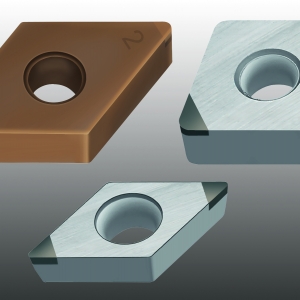
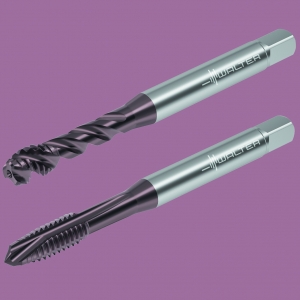

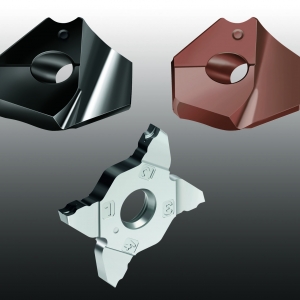

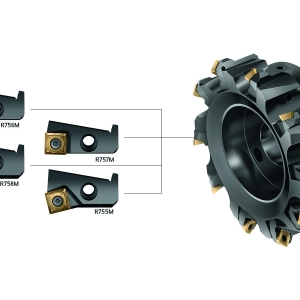

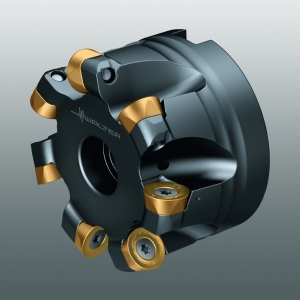
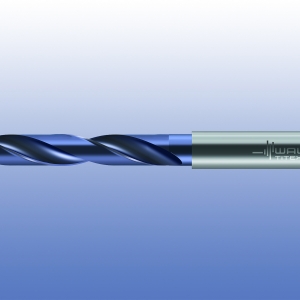
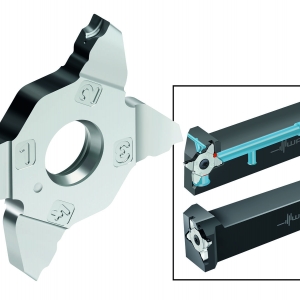
 PRODUCTS
PRODUCTS

